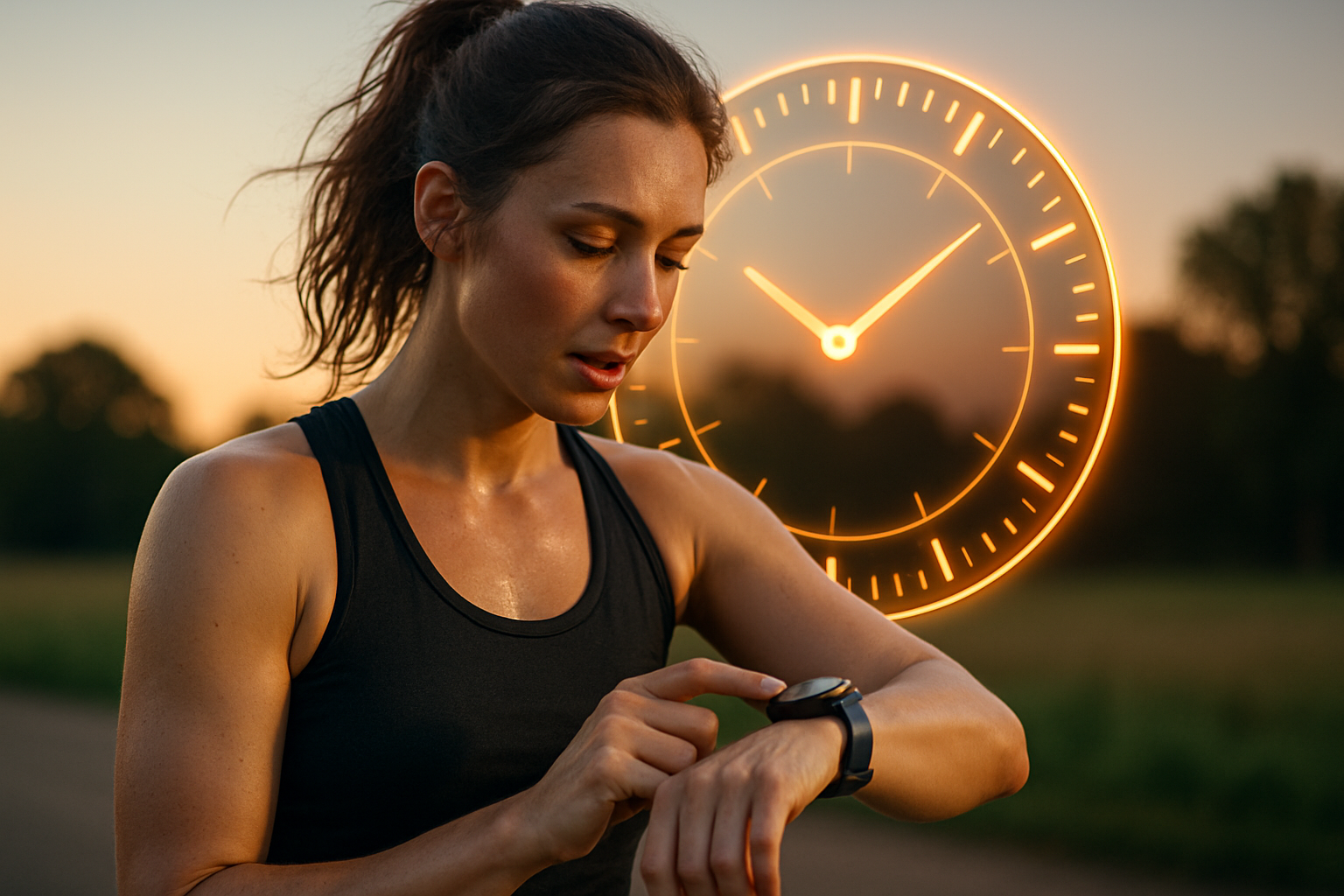Chronobiohacking: Optimizing Performance Through Time-Based Lifestyle Adjustments
Are you ready to synchronize your life with your internal clock? Imagine waking up feeling refreshed, conquering your day with peak energy, and drifting off to sleep effortlessly. Welcome to the world of chronobiohacking, where science meets lifestyle to revolutionize your well-being. But what exactly is this cutting-edge approach, and how can it transform your daily routine?

The concept of chronobiohacking emerged from decades of research into circadian rhythms, which are 24-hour cycles that regulate various physiological processes. Scientists have long known about the existence of these rhythms, but recent advancements in chronobiology have revealed just how profoundly they influence our health and performance.
The Biological Basis of Chronobiohacking
At the heart of chronobiohacking is the body’s master clock, located in the suprachiasmatic nucleus (SCN) of the hypothalamus. This tiny region of the brain orchestrates a complex network of peripheral clocks found in nearly every tissue and organ. These clocks respond to various environmental cues, known as zeitgebers, with light being the most powerful.
Research has shown that disrupting our natural circadian rhythms can lead to a host of health issues, including metabolic disorders, cardiovascular problems, and even certain types of cancer. Chronobiohacking aims to reverse these negative effects by aligning our behaviors with our biological timings.
Practical Applications of Chronobiohacking
Implementing chronobiohacking principles can have far-reaching effects on daily life. Here are some key areas where timing-based adjustments can make a significant impact:
-
Sleep optimization: By understanding your chronotype (natural sleep-wake cycle), you can determine the ideal bedtime and wake time for optimal rest and recovery.
-
Meal timing: Eating in sync with your circadian rhythms can improve digestion, metabolism, and weight management.
-
Exercise scheduling: Timing your workouts to coincide with peaks in body temperature and hormone levels can enhance performance and recovery.
-
Cognitive performance: Aligning mentally demanding tasks with your natural alertness cycles can boost productivity and creativity.
-
Light exposure management: Strategically timing exposure to natural and artificial light can help regulate your circadian rhythms and improve sleep quality.
The Role of Technology in Chronobiohacking
As interest in chronobiohacking grows, so does the development of supportive technologies. Wearable devices now offer sophisticated sleep tracking and circadian rhythm analysis. Smart lighting systems can automatically adjust color temperature and intensity throughout the day to mimic natural light patterns. Even mobile apps are emerging to help users optimize their daily schedules based on individual chronotypes and circadian patterns.
These technological advancements are making it easier than ever for individuals to implement chronobiohacking principles in their daily lives. However, it’s important to remember that technology should complement, not replace, a fundamental understanding of one’s own biological rhythms.
Challenges and Considerations in Chronobiohacking
While the potential benefits of chronobiohacking are significant, it’s not without challenges. Modern lifestyles often conflict with our natural rhythms, making it difficult to fully align with our internal clocks. Shift work, jet lag, and social obligations can all disrupt carefully planned schedules.
Moreover, individual differences in chronotypes mean that there’s no one-size-fits-all approach to chronobiohacking. What works for an early bird may not be suitable for a night owl. This underscores the importance of personalization in chronobiohacking strategies.
Chronobiohacking Insights: Timing Your Life for Success
-
Morning light exposure within 30-60 minutes of waking can help reset your circadian clock
-
The ideal time for high-intensity exercise is typically in the late afternoon when body temperature peaks
-
Cognitive performance for most people peaks in the late morning, making it an optimal time for challenging mental tasks
-
Eating your largest meal earlier in the day aligns better with natural metabolic rhythms
-
Blue light exposure in the evening can disrupt melatonin production, so consider using blue light filters on devices after sunset
As we continue to unravel the complexities of our internal clocks, chronobiohacking stands poised to revolutionize our approach to health and performance. By aligning our lives with our biological rhythms, we open the door to improved well-being, enhanced productivity, and a more harmonious existence. The key lies in understanding and respecting our body’s natural timing mechanisms, and making informed choices about when we eat, sleep, work, and play. As research in this field progresses, we can expect even more refined and personalized approaches to chronobiohacking, offering exciting possibilities for optimizing human potential through the power of time.




